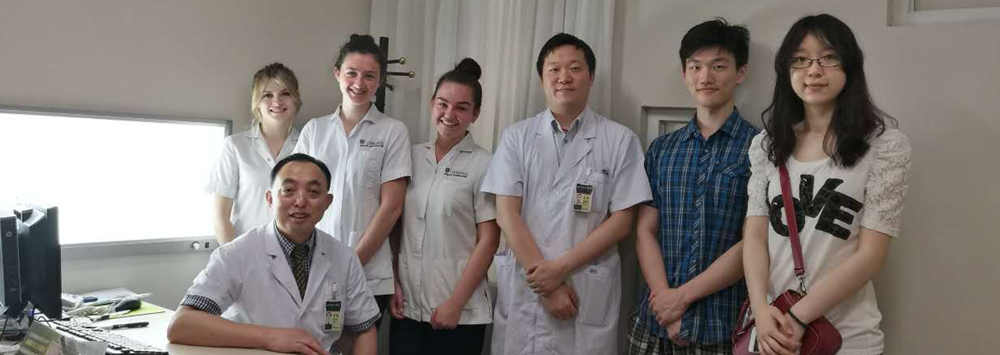Benefits
The engagement of overseas students with home ones can create a diverse and dynamic body of students with a broad appreciation of the world. This will, in itself, encourage a multicultural awareness that should provide opportunities for students and staff to collaborate effectively.
Putting it into practice
An awareness of the problems faced by the students from abroad and a commitment to coming to terms with them is essential in creating an atmosphere in which they can thrive.
Develop Intercultural Communication
Understand how to anticipate the cultural problems encountered by international students. Their mastery of language, social interactions and personal and academic development are challenges they continually face.
Culture shock
International students have to come to terms with new social and educational systems, expectations and behaviours as well as contending with the problems of adjusting to a new environment faced by all students. This is hard enough if the student knows about this before arriving but even more so if the student does not, or even if the student assumes that it will be the same as the one at home. This impact of change is known as culture shock.
Social identification theories focus on the cognitive components of the adaptation process. During cross-cultural contact, people see themselves in a much broader context as ‘little fish in big ponds’. This can lead to an anxiety-provoking change in perceptions of self and identity, particularly where the identity was previously constructed largely from local social interaction. Perceptions of and relations with in-groups and out-groups can change radically (Deaux, 1996).
Make clear to all students what is expected of them from the detailed demands of written work to participation in class discussion. It would be beneficial to include students, and support them, from culturally diverse backgrounds in group work.
Stress
This significant change in culture asks the students to develop strategies to cope with the inevitable stress as well as learning new social skills. When overseas students encounter the new culture of the University they can be uncertain about the home people’s attitudes, values and behaviours (Gudykunst, 1998). They need to predict which of many alternative behaviour patterns they will meet. This can give rise to anxiety shown by uneasiness, tension and apprehension about what will happen when they try to communicate, so it is important to be sensitive to this to support a sense of belonging. Activities that encourage the exchange of cultural ideas can act to give broad understanding within a group.
Cultural synergy
Home and international students will have different ideas about the roles of students and teachers. Many problems in the classroom might come from these different expectations. A cultural synergy approach where teachers can also learn from the different cultural expectations of students can help. Strategies that overseas students can use to enhance their self-esteem and overcome barriers to the harmony of the group arising from the mix of different cultures include raising awareness of the potentially negative aspects of the process, emphasising inter-group similarities rather than differences and getting people to imagine themselves in the role or identity of other persons – ‘walk a mile in their shoes’.
The process of mutual adjustment by both teachers and students to achieve the best academic outcome will not necessarily occur to the same degree in both directions. International students might adapt to the new way of learning and teaching while in other cases the teacher finds it more profitable to change the way lessons are conducted. The focus here is on the interaction between student and teacher perspectives and their adaptations.
Integration of home and overseas students
Oetzel (1995) proposes a theory of effective decision making in intercultural groups. It suggests that the more equal members’ contributions and the more group members are committed to the group and its decisions, the more effective its decisions.
He believes that the fundamental requirements of vigilant interaction theory apply to intercultural groups. Namely, that groups that understand the problem, establish good criteria, develop many alternatives and examine the consequences of these alternatives make more effective decisions than those that do not.
Strategy
The engagement of home students with international students is valuable in that it creates a diverse, international student body as well as bolstering the international efforts of the University. It encourages a supportive culture in which all students have opportunities to internationalise, enables academics to have more meaningful international exchanges and can give rise to pedagogic innovations.
Integration involves intermixing, personal adaptation, mutual adjustment and change and a sense of belonging. All these considerations are important when looking to integrate our home and overseas students.
Help and Feedback
Can you help us improve this resource or suggest a future one? Do you need this resource in an alternative format? Please contact us at cie@liverpool.ac.uk

Cultural Integration of Home and Overseas Students by Dr Anna Chen is licensed under a Creative Commons Attribution-NonCommercial 4.0 International License.
